
As the saying goes, wars are not only won through firepower but through logistics. For Russia, the Volgograd oil refinery had turned into more than just an industrial asset-a vital artery feeding both its military and civilian fuel needs. When Ukrainian drones ignited huge fires in early November, it wasn’t about destroying equipment it was about clamping tighter a noose around Moscow’s war economy.
The latest barrage is part of a broader campaign that has evolved into a central pillar of Kyiv’s asymmetric warfare strategy. Deep inside Russia, Ukraine is targeting energy infrastructure to force an extremely costly balancing act on the Kremlin defend refineries or armaments plants, stabilize domestic fuel prices or sustain export revenues. The consequences are rippling through Russia’s military logistics, civilian life and global energy trade.
What follows is a breakdown of the most significant strategic, economic, and technological shifts this campaign reveals, each offering insight into ways drone warfare is rewiring the battlefield well beyond the front lines.

1. Volgograd Strike Hits Russia’s Southern Fuel Hub
In the overnight attack targeting the Lukoil-operated Volgograd refinery, fires burned for hours, damaging storage tanks and processing units alike. The facility is the largest fuel producer in the Southern Federal District of Russia, handling about 300,000 barrels a day. Satellite imagery just after the strike showed that key infrastructure had been damaged, with local reports indicating fuel shortages hit parts of the affected regions. It was not the first time the facility had been struck Kyiv has repeatedly struck Volgograd in 2025 in a cycle of repair and vulnerability.

2. Increased Strike Capability out to 1,360 Miles Inland
Now, Ukrainian drones can reach targets as far afield as Tyumen in Siberia – more than 1,300 miles from the border. That extended reach has allowed Kyiv to target refineries once considered off-limits, for example in Bashkortostan and Saratov. The increased payload capacity and higher tempo of the attacks have put overwhelming pressure on Russian air defenses, according to Western intelligence analysts, who say the interception rate has fallen from 85% to around 60% in the last year alone.
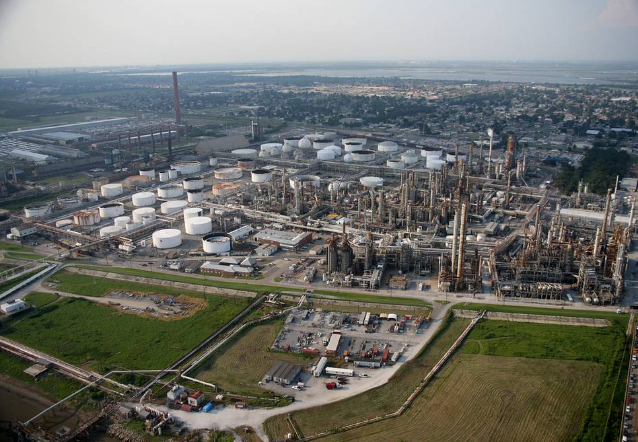
3. Sustained Campaign Damages Over Half of Major Refineries
Since August, more than half of Russia’s 38 major refineries have been hit at least once the number of successful attacks has already risen 48% on all of 2024, according to analysis by BBC Verify. Some cities, like Ryazan, Novokuibyshev, and Salavat, have taken a beating multiple times and have forced temporary shutdowns, cutting national refining output by about 10%. The strategy focuses both on civilian supply hubs and military logistics nodes.

4. Civilian Fuel Shortages and Price Surges
Verified footage shows long queues at filling stations in Russia’s far east and Crimea, while several independent stations have shut down to avoid losses. Retail diesel prices are up 25% at about £1.80 a liter in Moscow. The Kremlin has imposed temporary export bans and rationing but such steps have had the effect of tightening state control over the sector at the expense of market flexibility and longer-term resilience.

5. Economic Impact on Global Oil Trade
As a result, Russian oil product exports have shrunk by 13% month-on-month, whereas Turkiye’s imports fell to the lowest since November 2022. Russia has compensated for this with a higher crude export volume, but companies lose up to $10 per barrel compared to refined products. In September 2025, revenues from fossil fuel exports declined to EUR 546 million per day, the lowest since the full-scale invasion.
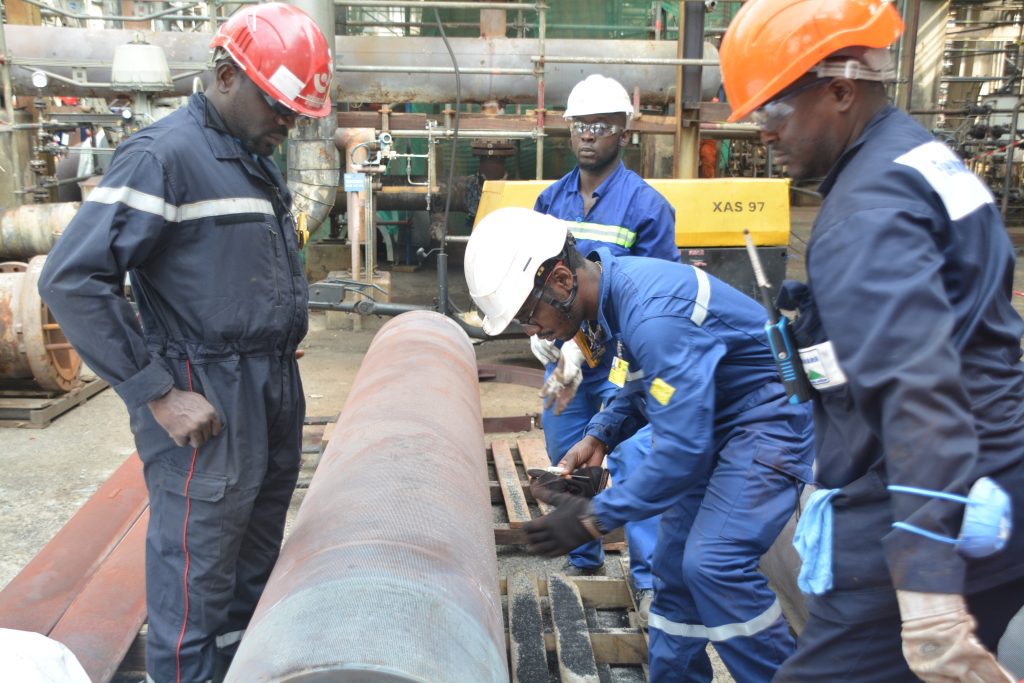
6. Russia’s Repair Capacity Under Strain
Though many refineries have managed to restore operations in a matter of weeks, repeated strikes erode equipment through heating and cooling cycles. Sanctions already constrict spare-parts supply chains, and Soviet-era regional duopolies mean outages at one plant can ripple across several oblasts. The Volgograd refinery, for example-struck again just days after repairs-showed how hard it is to sustain output under constant attack.
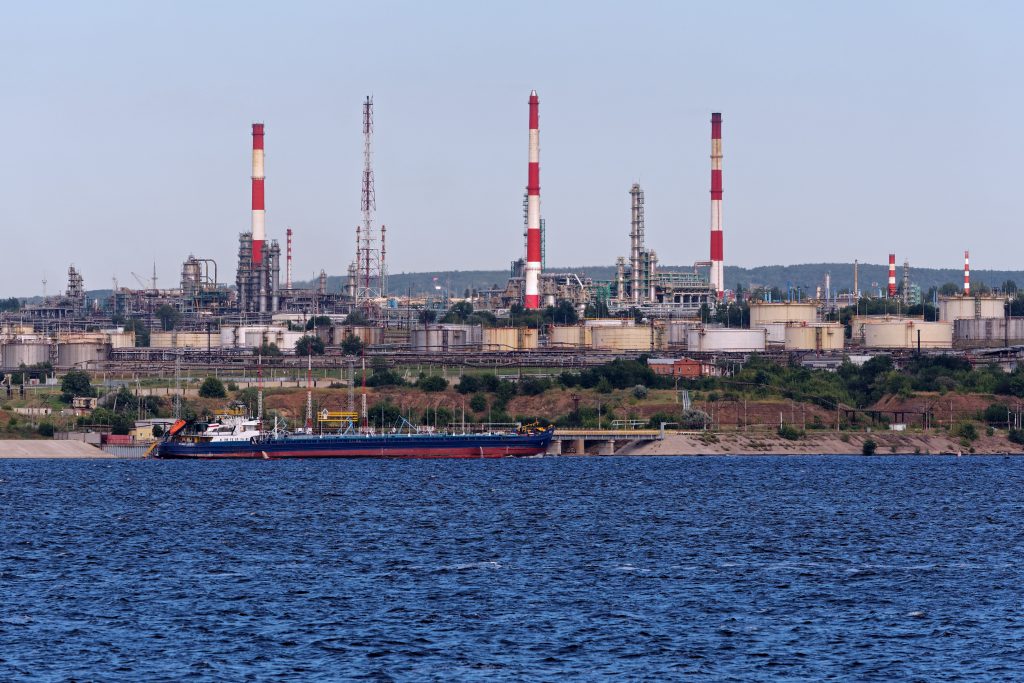
7. Improvised Defenses and Air Defense Dilemmas
Russian refineries have started using netting and improvised coverings to screen vulnerable units. Such measures are crude but may be sufficient to shift a drone’s path and avoid disastrous fires. Not all refineries can be defended the moving of air defense assets around wide distances leaves holes that Ukraine can take advantage of. Moscow has to make a choice about refineries or other key military-industrial targets.
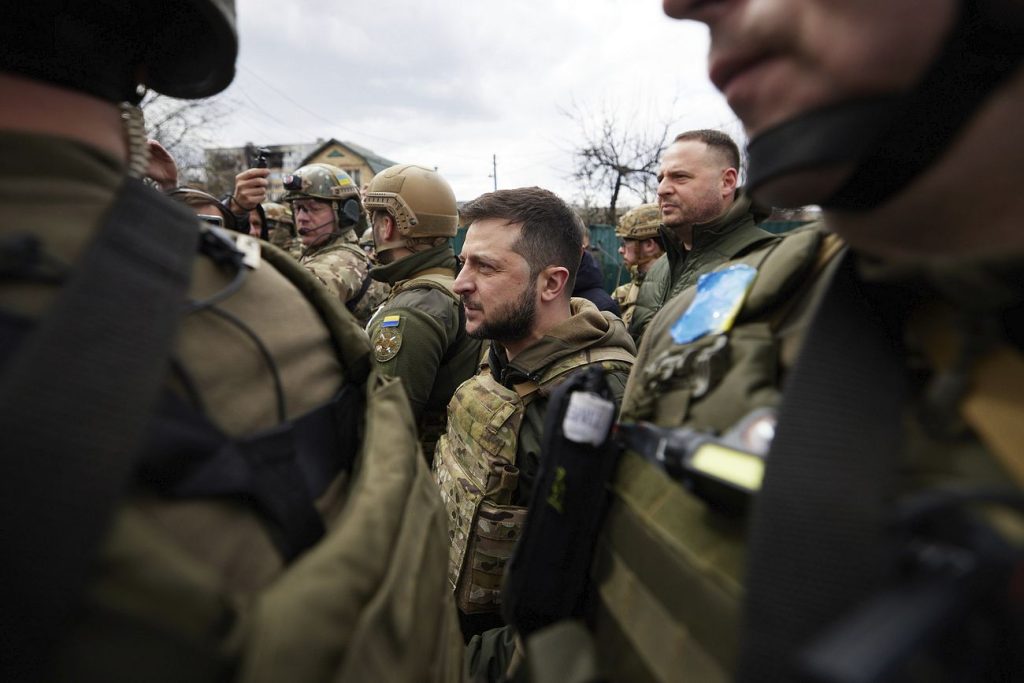
8. Parallel Energy Warfare Tactics
Strikes on Kyiv refineries echo the Russian campaign against Ukraine’s power grid, which has left millions without heat or electricity during winter. So far, Ukraine has targeted pumping stations, ports, and even third-party tankers involved in Russia’s oil trade. The aim is twofold it imposes some economic costs on Moscow, and deters foreign partners from facilitating Moscow’s energy exports.
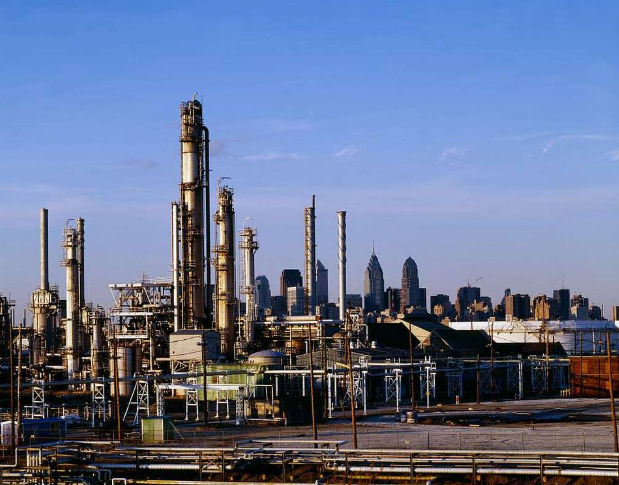
9. Long-Term Institutional Decline of Russia’s Oil Sector
Repeated attacks accelerate the grip of the state over the energy sector, locking it into fixed margins, quotas, and emergency decrees. Investments are delayed, maintenance postponed, and safety concerns start building up. For analysts, this is a foreboding of silent degradation in efficiency and resilience, even as the system eludes an outright collapse.
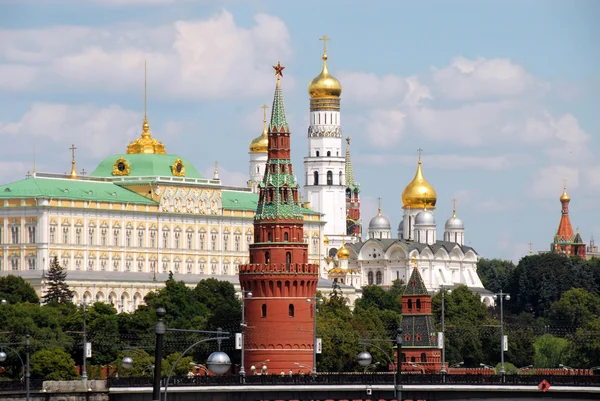
10. Strategic Trade-Offs for the Kremlin
The campaign has forced Moscow into a series of costly choices refineries or armaments plants, exports or domestic supply, quick repair or resource reallocation. Each decision further reduced policy options. As energy analyst Elena Petrova told the Carnegie Endowment, “Fuel rationing for troops is rising while imports go up for civilians,” highlighting both military and political pressure. Ukraine’s drone offensive against Russian refineries is not about the single, decisive blows it is about attrition.
Repeatedly striking deep inside the Russian territory, Kyiv outlines structural weaknesses within Moscow’s energy infrastructure and puts the Kremlin into a permanent state of crisis management. While the refineries will keep running, it will be at an increasing cost with diminishing margins, and reduced capacity for recovery, in case fresh attacks hit. This quiet erosion may prove to be as strategically damaging as any loss on the battlefield in the long run.


